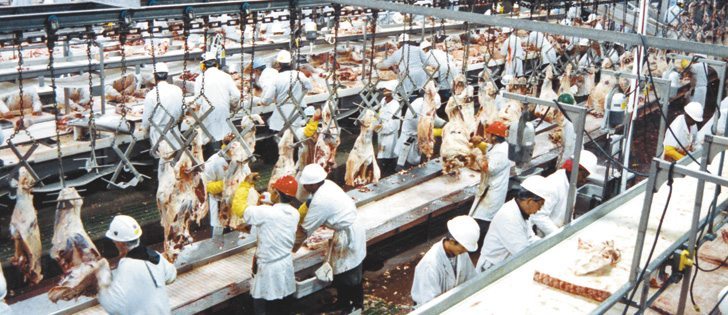Canola growers face one of the worst marketing situations possible: they have a lot of unpriced crop because of harvest problems, while the market has dropped almost 50 cents per bushel and could drop further.
Should growers lock in prices now?
Farmers across the Prairies are struggling with that question.
“There’s way more unpriced crop out there this year,” said Greg Porozni, who farms near Vegreville, Alta.
“This is one of the lowest prepricing years ever because of the weather. First it was too dry. Then it was too wet. We just didn’t know what we had.”
Read Also

Gene editing digs deeper space in Canadian plant breeding
More Canadian research into crop variety development is incorporating gene editing, and one researcher notes that Canada’s regulatory approach to gene editing will help drive innovation
Canola prices plunged Oct. 22 after news spread that China was threatening to cut off Canadian canola imports in November unless the imports could be certified blackleg-free. Canola experts say that is impossible because blackleg is present everywhere.
Winnipeg canola November futures fell from about $400 per tonne to about $382 by the afternoon of Oct. 26.
Prairie farmers can’t afford to wait for the situation to resolve, Porozni said. Huge amounts of crop have been sitting out for weeks in the cold and wet and when that comes in, it needs to be shipped and not stored.
“Guys need to move it. They can’t sit on top of a wet crop,” said
Porozni.
Some estimate that up to 10 percent of the Alberta crop, 20 percent of the Manitoba crop and 30 percent of the Saskatchewan crop were yet to be harvested as of Oct. 26.
On Oct. 26, Ed Schafer of Makwa, Sask., was hoping to finish harvesting his last 160 acres of canola later that afternoon.
The news about the Chinese market – the biggest foreign consumer of Canadian canola in 2008-09 – was a black cloud in an already bad weather outlook.
“It’s a huge setback. It’s a tough one,” said Schafer.
“Everyone out here is still trying to combine. This hasn’t really hit the coffee shops yet.
“China’s a huge customer,” said Schafer. “We need them on-side.”
Trying to decide whether to price this crop now that the market has fallen won’t be easy, he said.
In East Selkirk, Man., Brian Chorney was grappling with the unexpected news. He had his hands full with harvesting and wasn’t happy to hear about this recent threat.
“I came in from combining last night and there was an e-mail about this sitting on the computer for me,” said Chorney, president of the Canadian Canola Growers Association, on
Oct. 23.
“We don’t want a disruption to any of our markets.”
Porozni said he was worried that the market hadn’t yet sunk to the depths it could reach if the Chinese do close their border to Canadian canola.
“We were looking at a million tonne carryout before this, maybe 1.5 million, but if China doesn’t come in, we could be at 2.5 or three,” said Porozni.
Canada’s quick dispatch of government officials to China to discuss China’s demands for blackleg-free canola encouraged farmers.
“Let’s just hope this gets resolved sooner rather than later,” said Porozni.
“The longer it takes to resolve, the more
carryout we’re going to have.”















